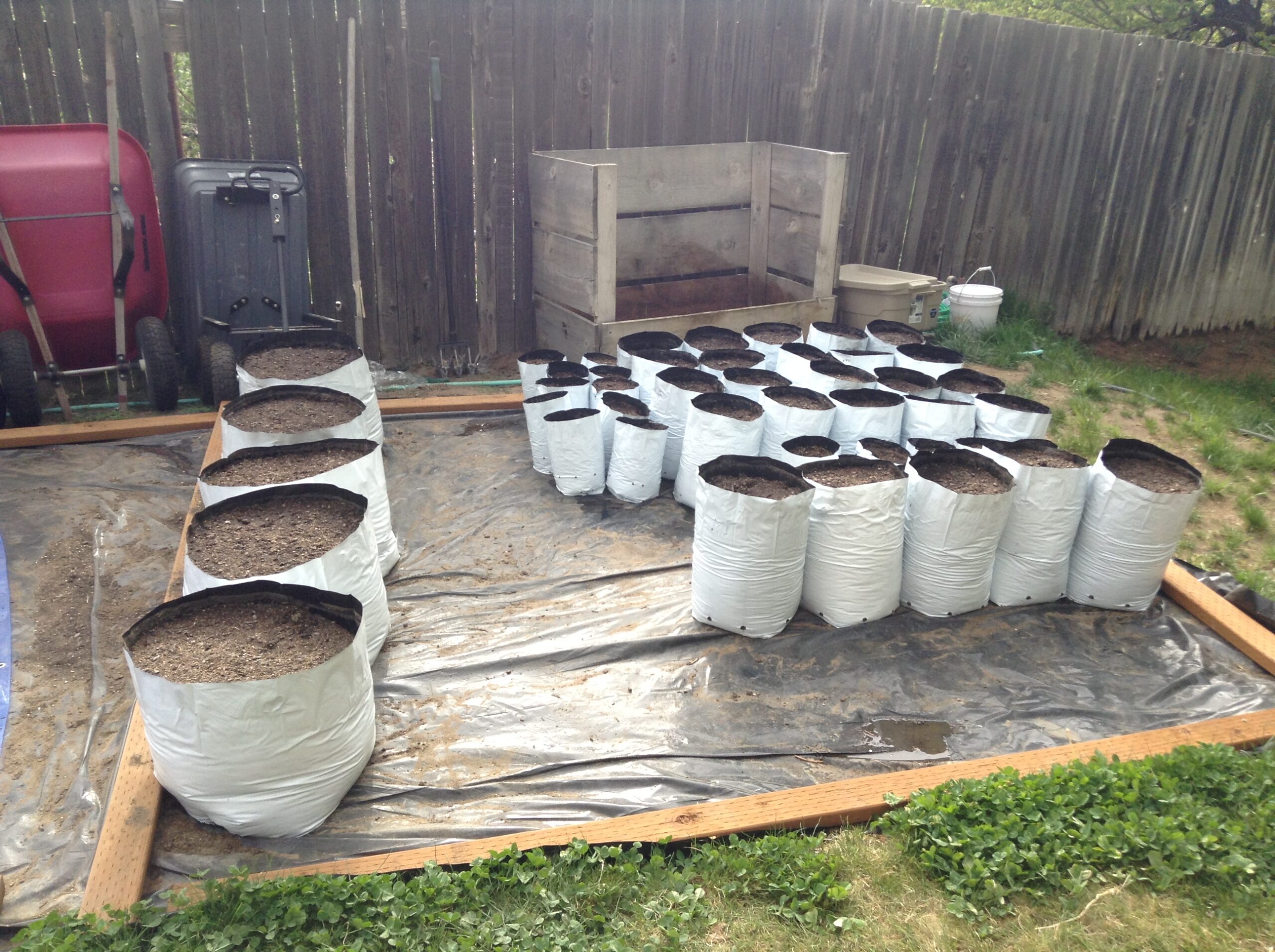4.1 Choosing the Right Location and Timing

4.1 Choosing the Right Location and Timing
Understanding Light and Environmental Factors
Choosing the right location for your garden begins with a thorough understanding of light patterns and environmental conditions. Most vegetable crops require 6-8 hours of direct sunlight daily for optimal growth, making sunlight analysis crucial for garden placement. Take time to observe how sunlight moves across your potential growing areas throughout the day and across seasons. Consider how surrounding structures, trees, and landscape features affect light patterns and create microclimates that could benefit or hinder plant growth. The portable nature of grow bags offers flexibility in positioning, but your primary growing area should maximize natural light availability while providing options for protecting sensitive plants during intense summer heat.
Water Access and Site Logistics
Water availability plays a fundamental role in garden success and daily maintenance efficiency. Your growing area should be conveniently located near a reliable water source, with consideration given to hose routing, water pressure, and drainage patterns. Consider how water will flow through and around your garden space, ensuring that excess moisture won’t collect around your grow bags or create muddy maintenance areas. The ideal location allows for easy installation of automated watering systems while providing options for manual watering when needed. Remember that proper drainage beneath your grow bags is essential, even though they’re contained growing environments.
Space Planning and Accessibility
Effective space utilization dramatically impacts both garden productivity and maintenance ease. When evaluating potential locations, consider not just the immediate growing area but also space needed for pathways, tool storage, and future expansion. The ideal location provides comfortable working areas around all plants while maintaining easy access for daily maintenance and harvest activities. Consider how you’ll move through the space with tools, wheelbarrows, or other equipment. Vertical growing opportunities should be evaluated, including stable mounting options for trellises and support systems. The proximity to your living space often determines how frequently you’ll monitor and maintain your garden.
Environmental Protection and Microclimate Management
Protection from environmental stressors significantly impacts plant health and garden success. Look for locations that offer natural wind protection or allow for the installation of windbreaks. Consider how surrounding structures might provide beneficial heat retention or problematic heat reflection. Areas with good air circulation help prevent fungal diseases while avoiding locations where cold air settles can prevent frost damage. The ability to create and manage microclimates through strategic placement of grow bags can extend your growing season and improve plant performance.
Security and Community Considerations
Garden security and community impact deserve careful consideration. Visibility from your home allows for easy monitoring while potentially deterring wildlife and unauthorized access. Consider how your garden aesthetic will affect property values and neighbor relationships. If applicable, review local regulations, HOA requirements, and zoning restrictions that might impact garden placement or design. The ability to secure tools and equipment nearby while maintaining a tidy appearance often influences community acceptance of your garden project.
Future Growth and Adaptability
Planning for future expansion and adaptation capabilities ensures long-term garden success. Choose locations that allow for potential growth and reconfiguration as your gardening experience and needs evolve. Consider how the space might accommodate additional grow bags, enhanced irrigation systems, or seasonal protection structures. The ability to easily modify your garden layout or temporarily relocate plants during extreme weather events provides valuable flexibility. Include space for composting, tool storage, and other supporting activities that might become part of your gardening practice.
Maintenance and Long-term Success
Your chosen location significantly impacts ongoing maintenance requirements and long-term garden success. Consider how different locations might affect weed pressure, pest management needs, and general maintenance accessibility. Evaluate the effort required to maintain paths, manage irrigation systems, and access plants for regular care. The ideal location balances optimal growing conditions with practical maintenance considerations, creating a space that remains manageable and enjoyable throughout the growing season. Remember that the portable nature of grow bags allows for adjustment and optimization as you learn more about your specific growing environment.
Urban Gardening Planting and First Frost Guide
Northeast Region
- New York City, NY
- Last Spring Frost: April 15-30
- First Fall Frost: October 15-31
- Growing Season: ~180-195 days
- Boston, MA
- Last Spring Frost: May 1-15
- First Fall Frost: October 1-15
- Growing Season: ~170-185 days
Mid-Atlantic Region
- Philadelphia, PA
- Last Spring Frost: April 15-30
- First Fall Frost: October 15-31
- Growing Season: ~180-200 days
- Washington D.C.
- Last Spring Frost: April 1-15
- First Fall Frost: October 15-31
- Growing Season: ~190-210 days
Midwest Region
- Chicago, IL
- Last Spring Frost: April 15-30
- First Fall Frost: September 15-30
- Growing Season: ~160-180 days
- Detroit, MI
- Last Spring Frost: May 1-15
- First Fall Frost: September 15-30
- Growing Season: ~150-170 days
Southeast Region
- Atlanta, GA
- Last Spring Frost: March 15-30
- First Fall Frost: November 1-15
- Growing Season: ~240-260 days
- Miami, FL
- Unique Year-Round Growing
- Minimal Frost Risk
- Growing Season: ~365 days
Southwest Region
- Phoenix, AZ
- Two Growing Seasons
- Cool Season: September-March
- Hot Season: March-May
- First Fall Frost: Rare
- Growing Season: ~270-300 days
- Houston, TX
- Last Spring Frost: February 15-March 1
- First Fall Frost: November 15-30
- Growing Season: ~270-290 days
West Coast Region
- Los Angeles, CA
- Minimal Frost Risk
- Year-Round Growing Potential
- Growing Season: ~365 days
- Seattle, WA
- Last Spring Frost: April 1-15
- First Fall Frost: October 15-31
- Growing Season: ~180-200 days
Pacific Northwest
- Portland, OR
- Last Spring Frost: April 1-15
- First Fall Frost: October 15-31
- Growing Season: ~180-200 days

